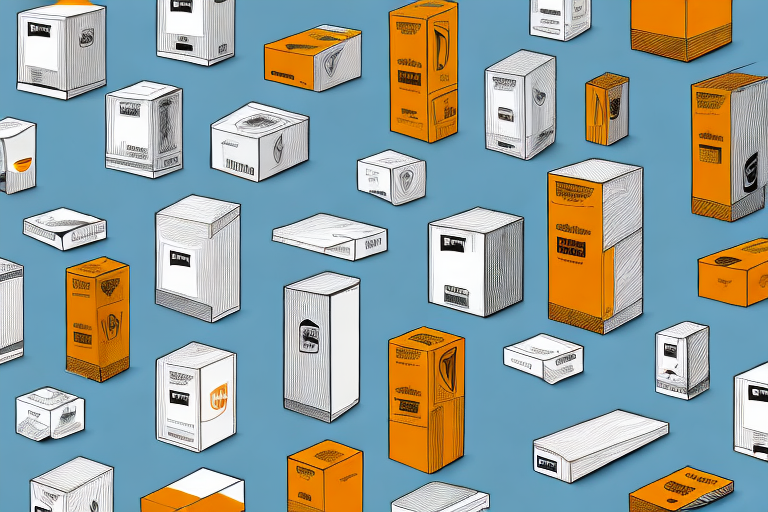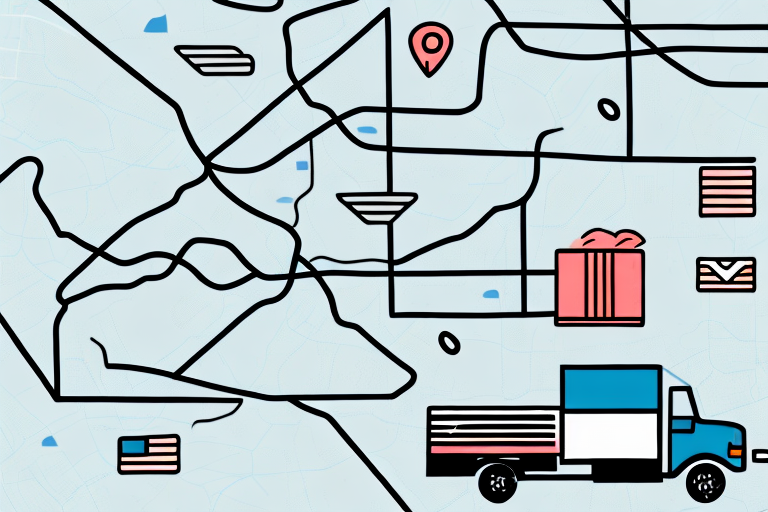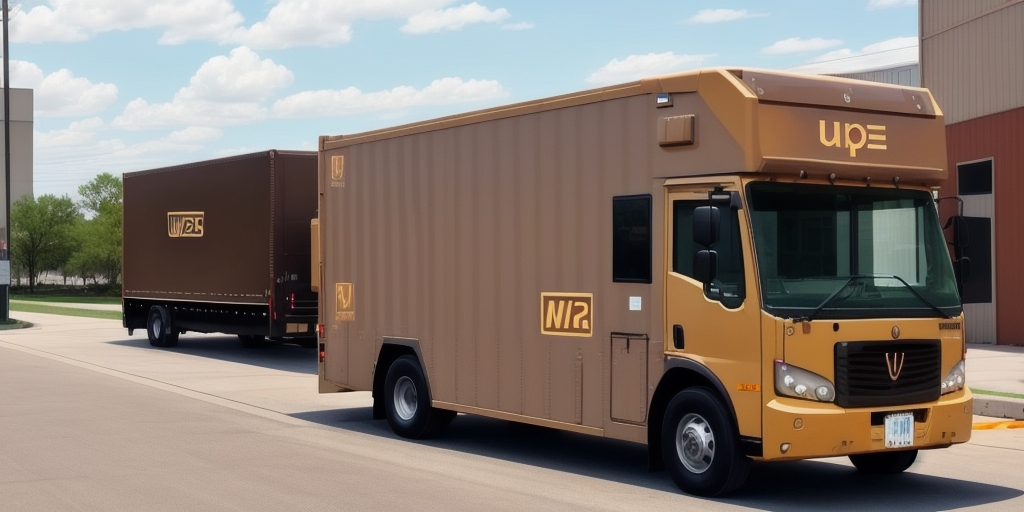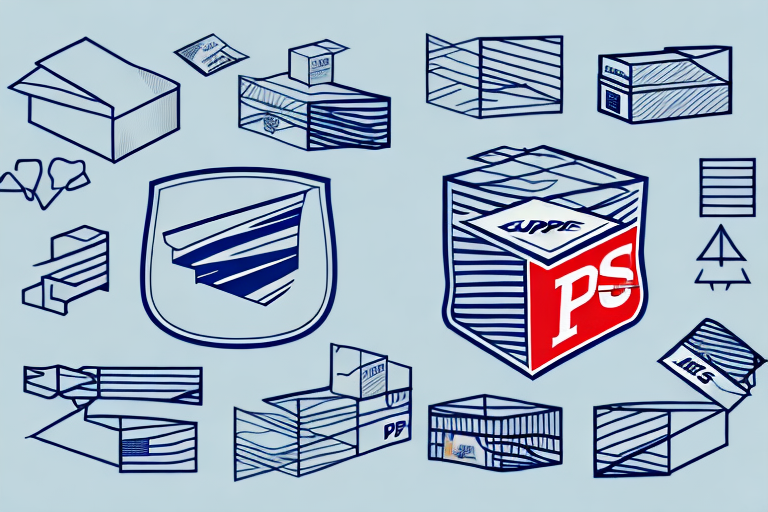Understanding UPS Box Sizes and Prices
UPS boxes are an essential part of shipping packages, and choosing the right size can save you money on shipping costs. Properly packing your items in a UPS box can also help ensure that they arrive safely at their destination. In this article, we’ll cover everything you need to know about UPS box sizes and prices, including:
- Why choosing the right size is important
- How to determine the correct size for your needs
- The different types of UPS boxes available
- Important factors to consider when choosing a UPS box
- How to track your package after shipping with a UPS box
Why Choosing the Right UPS Box Size is Important
Choosing the right UPS box size is important for several reasons:
- Using a box too large for your item can result in higher shipping costs due to dimensional weight.
- Using a box too small can lead to damage during shipping and additional fees for repackaging and reshipping.
- It affects the overall sustainability of your shipping process by reducing waste and promoting eco-friendly practices.
- It impacts the customer experience by providing a professional and well-packaged delivery.
How to Determine the Correct UPS Box Size for Your Needs
There are several factors to consider when determining the correct UPS box size for your needs:
- Measure your item’s dimensions, including length, width, and height.
- Add a few inches to each measurement for padding and packaging materials.
- Use UPS’s shipping calculator to determine the best box size based on your item’s dimensions and weight.
- Consult with a UPS representative or packaging expert if you’re unsure about which box size to choose.
The Different Types of UPS Boxes Available
UPS offers a variety of box sizes and types to suit different shipping needs, including:
- Standard cardboard boxes in various sizes
- Plastic and reusable boxes for heavy-duty or special use cases
- Specialty boxes designed for specific products like laptops or posters
Pros and Cons of Different UPS Box Materials (Cardboard, Plastic, etc.)
Each type of UPS box material has its pros and cons:
- Cardboard boxes: Affordable, lightweight, and recyclable, but not as strong as plastic or metal boxes.
- Plastic and metal boxes: More durable and long-lasting, but heavier and more expensive.
- Reusable boxes: Eco-friendly and cost-effective over time but require more storage space and frequent cleaning.
Important Factors to Consider When Choosing a UPS Box
When choosing a UPS box, consider several important factors beyond size and material:
- Shape of the box
- Maximum weight capacity
- Level of padding and protection it provides
- Cost of the box, especially for frequent shipping
- Type of closure (flaps, self-locking mechanisms, adhesive strips)
- Additional padding for fragile or valuable items
How to Save Money on UPS Boxes Without Sacrificing Quality
The cost of UPS boxes can add up quickly. To save money without sacrificing quality:
- Consider buying boxes in bulk or using free boxes provided by UPS.
- Use recycled or repurposed boxes.
- Properly use padding and packaging materials to minimize excess cardboard.
- Consider alternative shipping options or discounted supplies from online retailers.
Understanding Shipping Costs Associated with Different UPS Box Sizes
The cost of shipping depends on several factors:
- Size and weight of the box
- Destination
- Level of shipping service (ground, two-day, overnight)
Choose the right box size and weight for your item, compare shipping options, and use a shipping calculator or UPS’s volume discounts to minimize costs.
Tips for Packing and Shipping Fragile Items in a UPS Box
Packing and shipping fragile items can be challenging, but these tips can help ensure they arrive safely:
- Use plenty of padding and cushioning materials, such as bubble wrap or packing peanuts.
- Consider double-boxing for extra protection.
- Properly label your shipment as fragile.
- Choose the right size box to prevent movement and potential damage.
- Seal the box securely with strong packing tape.
Common Mistakes to Avoid When Using UPS Boxes for Shipping
Avoid these common mistakes when using UPS boxes for shipping:
- Using a box that is too small or too large for your item.
- Failing to properly secure and pad your item inside the box.
- Not properly labeling your shipment with the correct address and shipping information.
How to Track Your Package After Shipping with a UPS Box
After shipping with a UPS box, you can track its progress using UPS’s tracking service:
- Enter the tracking number from your shipping receipt or online account.
- Monitor the package’s progress from pick-up to delivery.
- Opt to receive text or email notifications for updates on your package’s status.
Choosing the right UPS box size and type can save you money and ensure your items arrive safely at their destination. Consider the factors discussed in this article when choosing a UPS box for your next shipment, and don’t hesitate to reach out to UPS customer service for assistance if needed.








